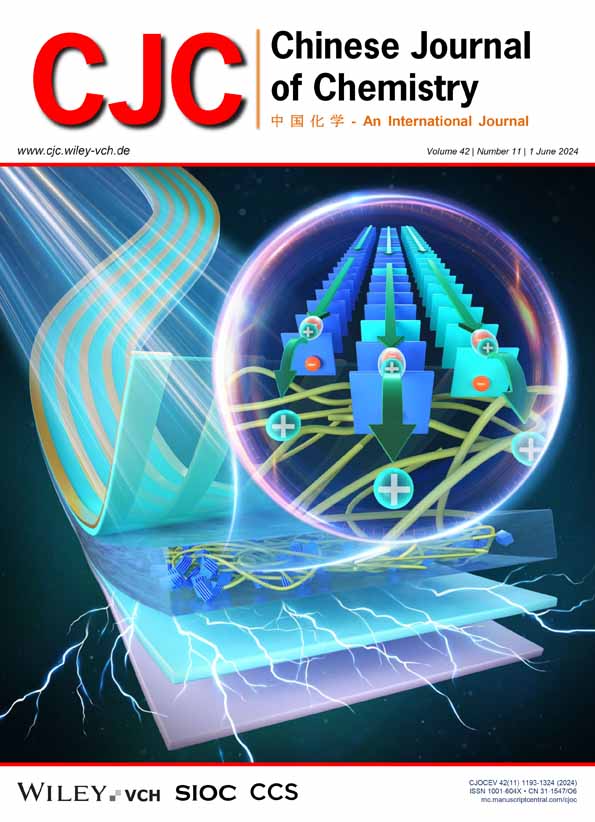Recent Advances in Urea Electrocatalysis: Applications, Materials and Mechanisms‡
Abstract
Urea plays a vital role in human society, which has various applications in organic synthesis, medicine, materials chemistry, and other fields. Conventional industrial urea production process is energy−intensive and environmentally damaging. Recently, electrosynthesis offers a greener alternative to efficient urea synthesis involving coupling CO2 and nitrogen sources at ambient conditions, which affords an achievable way for diminishing the energy consumption and CO2 emissions. Additionally, urea electrolysis, namely the electrocatalytic urea oxidation reaction (UOR), is another emerging approach very recently. When coupling with hydrogen evolution reaction, the UOR route potentially utilizes 93% less energy than water electrolysis. Although there have been many individual reviews discussing urea electrosynthesis and urea electrooxidation, there is a critical need for a comprehensive review on urea electrocatalysis. The review will serve as a valuable reference for the design of advanced electrocatalysts to enhance the electrochemical urea electrocatalysis performance. In the review, we present a thorough review on two aspects: the electrocatalytic urea synthesis and urea oxidation reaction. We summarize in turn the recently reported catalyst materials, multiple catalysis mechanisms and catalyst design principles for electrocatalytic urea synthesis and urea electrolysis. Finally, major challenges and opportunities are also proposed to inspire further development of urea electrocatalysis technology.
Key Scientists
For urea electrosynthesis, Furuya et al. firstly investigated the electrochemical coreduction of CO2 and NO3−/NO2− using gas-diffusion electrodes in 1995. Then, Wang et al. effectively achieved C—N bond formation and urea synthesis on PdCu alloy nanoparticles in 2020. Shortly, Yan and Yu et al. proposed the formation of *CO2NO2 from *NO2 and *CO2 intermediates at early stage on In(OH)3 electrocatalyst in 2021, and employed defect engineering strategy to facilitate the *CO2NH2 protonation in 2022. Amal et al. Investigated the role that Cu-N-C coordination plays for both the CO2RR and NO3RR. After that, Zhang's group developed In-based electrocatalysts with artificial frustrated Lewis pairs for urea, and they offered a systematic screening approach for catalyst design in urea electrosynthesis in 2023. And sargent et al. reported a strategy that increased selectivity to urea using a hybrid catalyst.
For urea electrooxidation, Stevenson et al. investigated the effect of Sr substitution toward the urea oxidation reaction. Wang et al. provided insights into the urea electrooxidation process using a β-Ni(OH)2 electrode and Qiao et al. elucidated a two-stage reaction pathway for UOR in 2021.

 求助内容:
求助内容: 应助结果提醒方式:
应助结果提醒方式:


